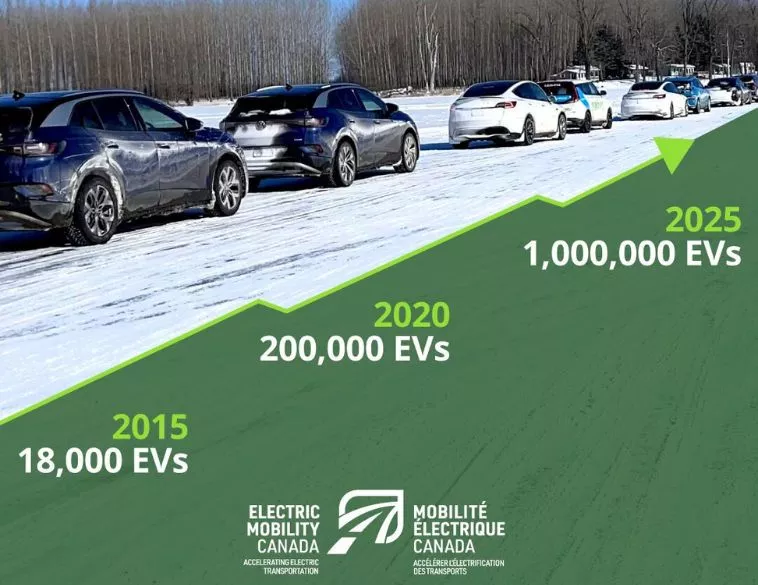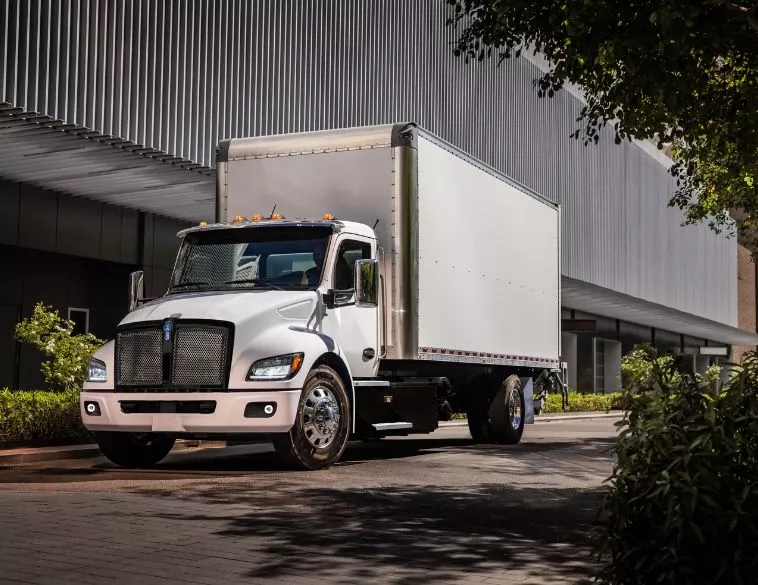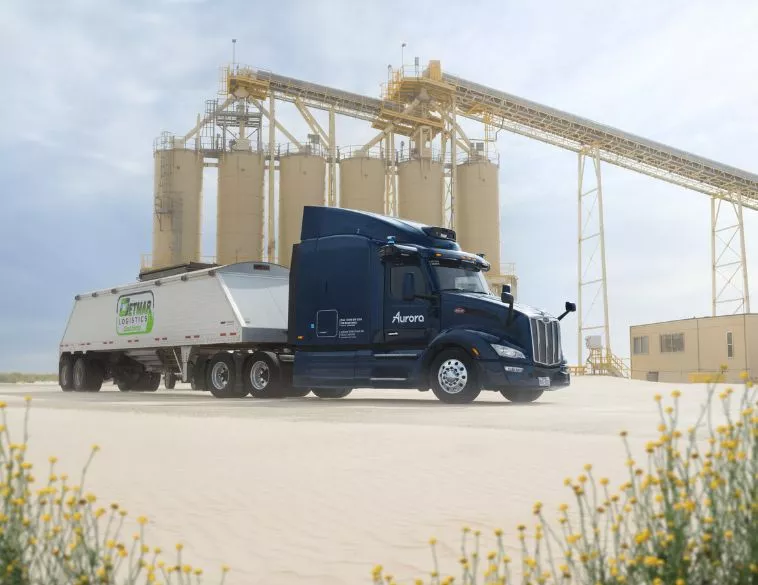Isuzu Makes a Strong Mark on the North American Market
The medium-duty truck segment is one of the most competitive, with North American, Japanese, and European manufacturers fiercely battling for market share. Yet one company dominates the cab-over segment: Isuzu.
With more than 44,000 trucks sold last year, the manufacturer was celebrating their 40th anniversary in the U.S., and had every reason to do so. Their formula for success: easy-to-drive trucks, a strong dealer network, and a complete product lineup
Isuzu, a global leader in commercial vehicle manufacturing, has been around for nearly a century. The Japanese manufacturer entered the North American market in 1984. Initially sold under the General Motors banner, Isuzu trucks were quickly taken up by businesses in both the United States and Canada. Since 1986, Isuzu has led cab-over truck sales in North America every single year.
In 2007, GM announced their exit from the medium-duty truck market. Isuzu Commercial Truck of America was established the following year, along with their Canadian subsidiary, Isuzu Commercial Trucks of Canada. In 2015, Isuzu reached a major milestone with 500,000 trucks sold in North America.
There are many reasons behind this success, but one stands out. The cab-over engine design, also known as cabover, offers several important advantages. First, visibility is far superior to that of a conventional truck with a hood. In a conventional cab, the driver’s line-of-sight to the ground begins about 24 feet ahead. In an Isuzu truck, it begins at just eight feet.
Another obvious benefit is that cab-over trucks can manoeuvre narrow urban streets with much greater ease. For Tony Parravano, Sales Director at Isuzu Commercial Trucks of Canada, this alone is reason enough to choose Isuzu. “Let me put it this way,” he says. “If you smack the front of one of our trucks, you’re not a very good driver… don’t drive! If you drive a cutaway, you don’t see the bumper. So in a sense of easy to drive, it’s our trucks.”
With a tighter turning radius, Isuzu trucks are clearly easier to manoeuvre. For the same overall vehicle length, they can also carry a box that is about four feet longer, which increases available cargo space.
Most manufacturers have abandoned cab-over trucks, with only a few remaining in Class 6 and 7, or in the electric segment. Isuzu now dominates the cab-over truck segment in North America. In Canada, Isuzu has been able to grow their network by teaming up with dealers that carry other brands, like Volvo and International, which no longer sell cab-over models.
As a result, Isuzu has recorded their highest sales in North America over the past two years, including 44,000 trucks sold in 2024.
A full lineup
Another key to Isuzu’s success is their comprehensive lineup, with models ranging from Class 3 NPR (GVWR of 12,000 lb) to Class 7 FVR (GVWR of 33,000 lb).
Series | Model | Class | Cab | GVWR |
N-Series Gas | NPR | 3 | Standard and Crew Cab | 12 000 lb |
NPR-HD | 4 | Standard and Crew Cab | 14 500 lb | |
NQR | 5 | Standard and Crew Cab | 17 950 lb | |
NRR | 5 | Standard and Crew Cab | 19 500 lb | |
N- Series Diesel | NPR-HD | 4 | Standard and Crew Cab | 14 500 lb |
NPR-XD | 4 | Standard and Crew Cab | 16 000 lb | |
NRR | 5 | Standard and Crew Cab | 19 500 lb | |
F- Series Diesel | FTR | 6 | Standard Cab | 25 950 lb |
FVR Derated | 6 | Standard Cab | 25 950 lb | |
FVR | 7 | Standard Cab | 33 000 lb | |
Electric Truck | NRR EV | 5 | Standard Cab | 19 500 lb |
In Classes 3 to 5, Isuzu offers a standard three-seat cab, and a crew cab that seats seven, which is a popular option for public service fleets. These N-Series trucks are widely used, and have gross vehicle weight ratings of up to 19,500 pounds.
In the U.S., the most popular model is the Class 4 NPR-HD, but the Canadian market is different, says Parravano. “In Canada, it’s go big or go home,” he adds. “It’s our NRR class 5 truck with a 20 ft body. And that truck, in Quebec, makes it under 4500 kg weight, for a Class 5 driver licence. The NRR gas is roughly 500 pounds lighter.”
Isuzu has also fully redesigned the cab to offer greater comfort and the latest in driver-assist technologies.
The comeback of gasoline engines
For the longest time, diesel was the default choice for medium- and heavy-duty trucks. Isuzu, however, chose a different direction. Their Class 3 NPR trucks now come exclusively with a gasoline engine. The GMPT L8T has a 6.6-litre V8 that produces 350 horsepower and is paired with an eight-speed automatic transmission.
In Class 4 and 5, customers can choose between the same 6.6-litre gasoline engine and Isuzu’s 5.2-litre, 215-hp diesel engine with a six-speed Aisin automatic transmission. And for Class 6 and 7 (FTR and FVR), the trucks are powered by the Cummins B6.7 diesel engine.
Why the move back to gasoline for medium-duty trucks? According to Parravano, the answer lies in emissions regulations. “A few years ago, we saw where the emissions were going, and diesel is being faded out,” he says. “Let’s say tomorrow, the bomb goes off, and they say no more diesel. Guess what, we can still sell trucks because we have gas trucks. It basically makes us not as vulnerable as anybody else.”
Gasoline engines also come with lower maintenance costs. Oil changes for the 6.6-litre engine can be done almost anywhere. Diesel engines, on the other hand, require additional systems, including particulate filters and selective catalytic reduction.
“The biggest term we were using when we first got the gas, is diesel fatigue,” says Parravano. “People are sick and tired of the DEF system, of lights coming on, regeneration, etc. And the people that were diesel fatigued went for gas.”
Parravano notes that gasoline is the better choice for businesses that drive less than 35,000 kilometres a year. That includes companies like landscapers, who often only use their trucks for five or six months out of the year. In the United States, gas and diesel Isuzu trucks each make up half the market. In Canada, 70 percent of sales are diesel, and 30 percent are gas.
Isuzu’s NRR EV looks ahead
Like many commercial truck manufacturers, Isuzu now offers a battery-electric version of their N-Series: the NRR EV, with a GVWR of 19,500 lb. To meet various range needs, the NRR EV can be configured with three, five, seven or nine batteries. Depending on the number of packs, energy capacity ranges from 60 to 180 kWh, delivering a maximum range of up to 375 km. A nine-battery truck can be recharged in about 1.8 hours when fast-charging.
The NRR EV comes standard with the ISUZU360 telematics system, which allows fleet operators to remotely monitor key data, such as battery charging status, mileage, remaining range, and other useful metrics that support the transition to electric.
Isuzu’s electric truck is just entering the market, and is expected to qualify for Québec’s new Écocamionnage incentive program. Several units are currently being demonstrated at Isuzu’s 37 Canadian dealerships, and Parravano says customer response has been overwhelmingly positive.
North American manufacturing
Isuzu’s diesel N-Series trucks, which are powered by Isuzu engines, are built and assembled in Japan. All other models, including the gasoline trucks, the Class 6 and 7 F-Series, and the NRR EV, are assembled at Isuzu Commercial Truck of America’s facility in Charlotte, Michigan.
In February, the company announced plans for a second assembly site in North Carolina. The new facility will allow all North American-assembled models, including the NRR EV, to be built on a single production line. Operations are expected to begin in 2027. The highly-automated plant will employ 700 people, and will help Isuzu respond more efficiently to growing demand.






